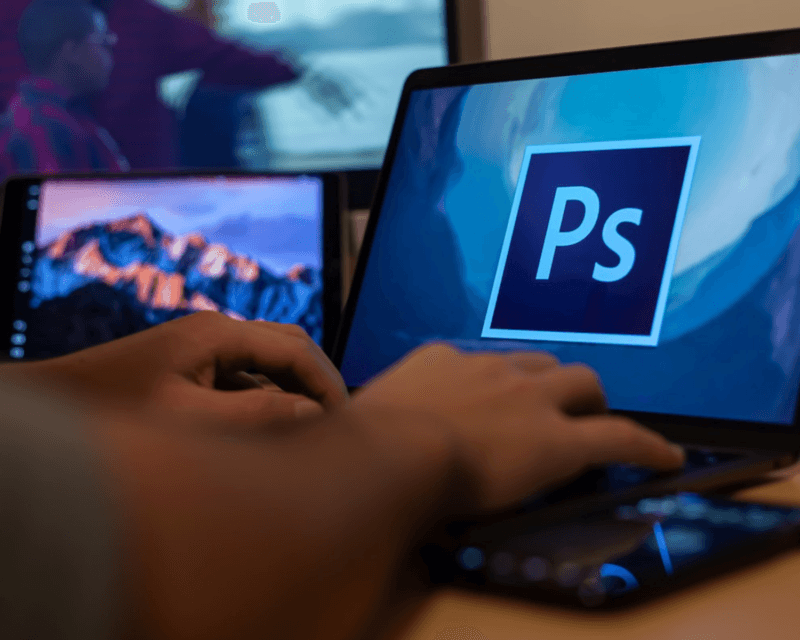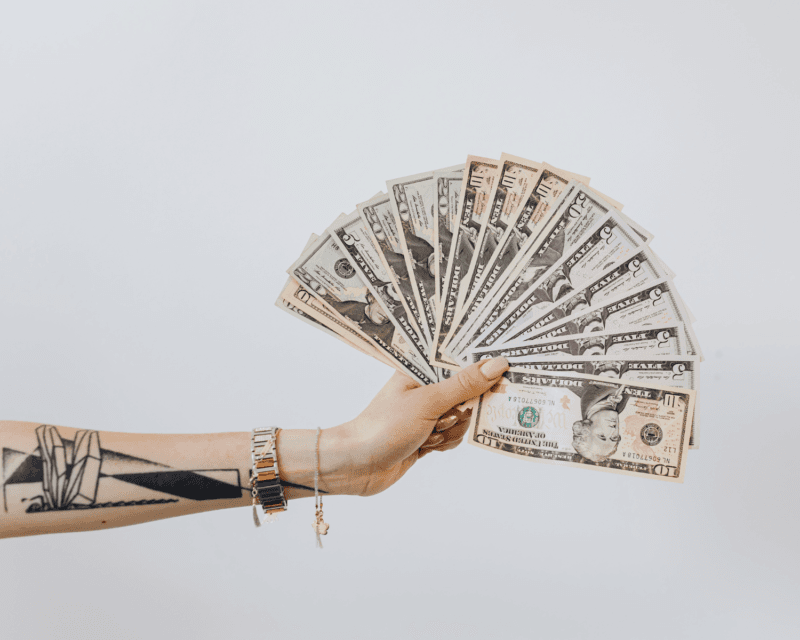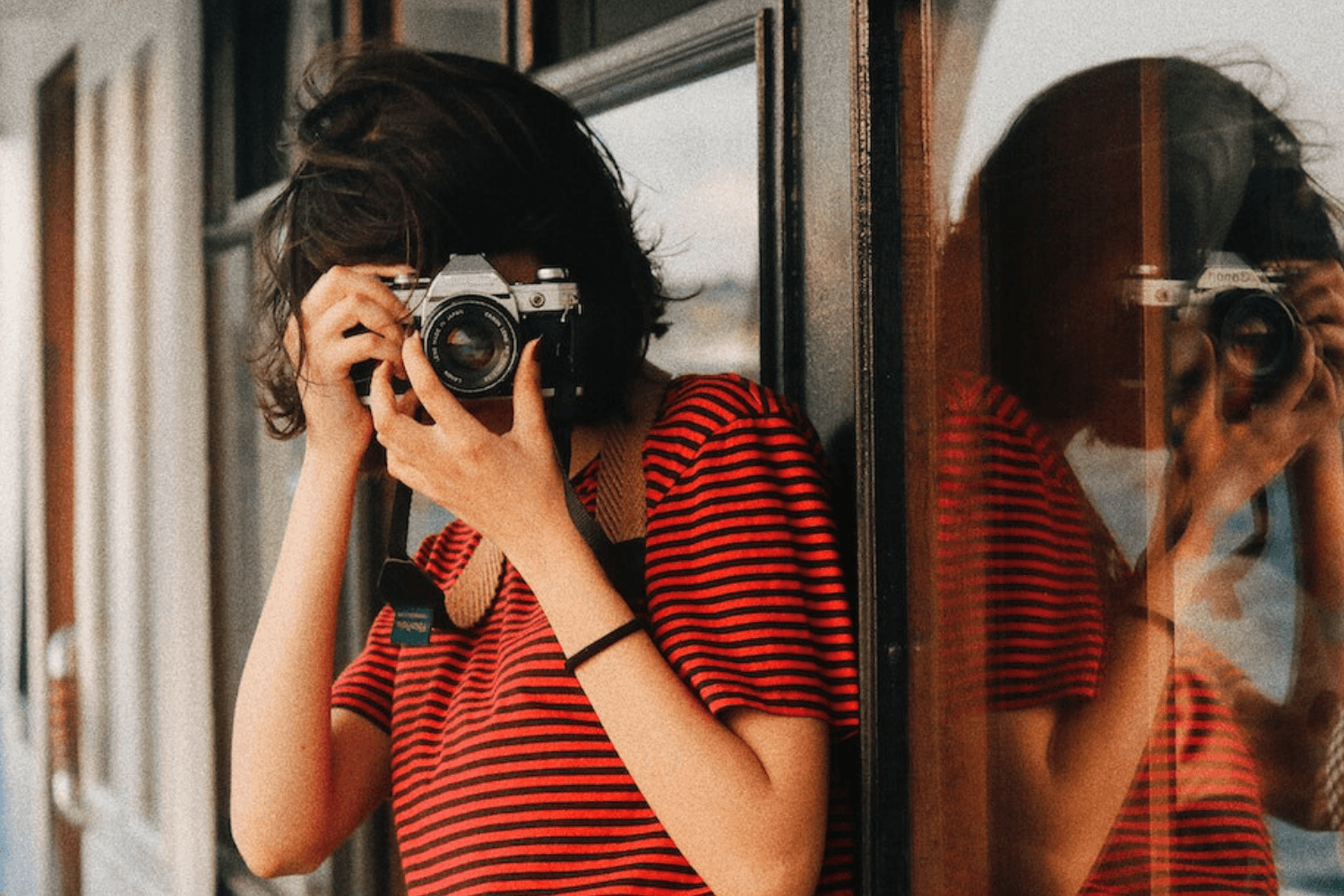Three Top Tips on How to Choose the Right Photography Gear at the Right Price
Yvan Cohen
Mon Dec 19 2022
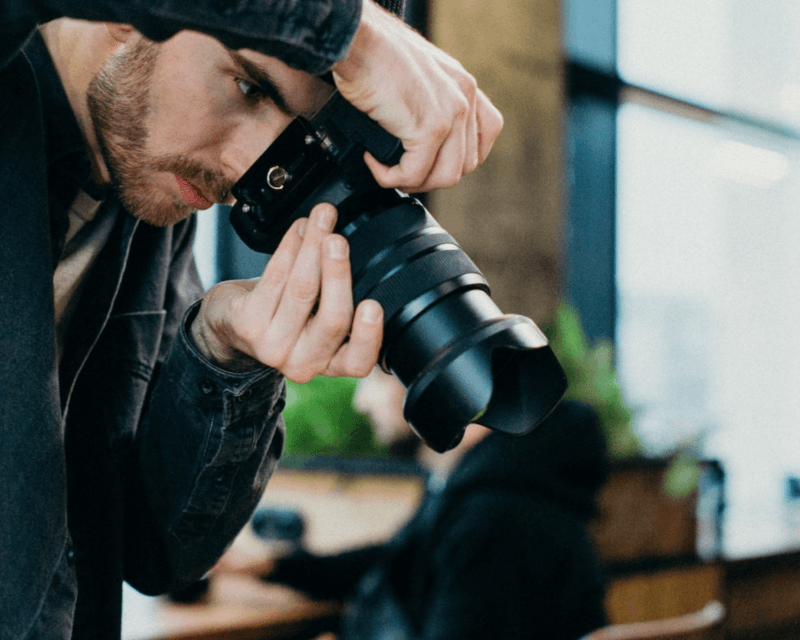
By Yvan Cohen
Choosing the right piece of photography gear can seem overwhelming. From newbie hobbyists to grizzled professional ‘gear-heads’, everyone struggles with the conundrum of which camera, or what particular photo gadget, to purchase. Choosing what to buy, and for how much, can be both daunting and fun.
To be clear, gear isn’t ever what your photography should be about. Gear is the enabler, the catalyst for your talent that ensures you produce the best images you can.
So here are a few tips on how to go about navigating the gear maze.
1. Know your photography goals
When you start looking for a camera, or pretty much any piece of photography gear, the array of choice can be dizzying.
Cameras, lenses and photography-related gadgets come in different styles and sizes. And they are made from different materials. They are assembled to varying levels of quality and there are many price points to choose from.
So where to start?
First off, think about how important photography is to you. How much time are you going to spend taking photos? Are you a beginner who doesn’t even know if photography is for you? Or are you a keen amateur seeking to find ways to develop your talent? Maybe you are planning to embark on a career in photography?
Your first step (as always) is the internet. Try and get a balanced sense of the pros and cons of what you’re planning to buy. Check out the myriad reviews online – look at several reviews, don’t just stop at one. Put time into video reviews too as these often give you a more complete understanding of the product.
There are also some excellent specialized photography gear review sites out there. One of my favorites is www.dpreview.com. Their site is easy to navigate and loaded with detailed analysis. Plus they grade products based on consistent criteria, which is always helpful.
Next up, ask a professional. Some of my best purchases have come from recommendations from fellow pros. And I’ve avoided some potentially bad purchases by asking people for suggestions and feedback. A good pro will have a practical sense of what’s best. Don’t be tempted by the glitzy marketing. Think of your camera as a creative tool, not as retail therapy or an expensive toy.
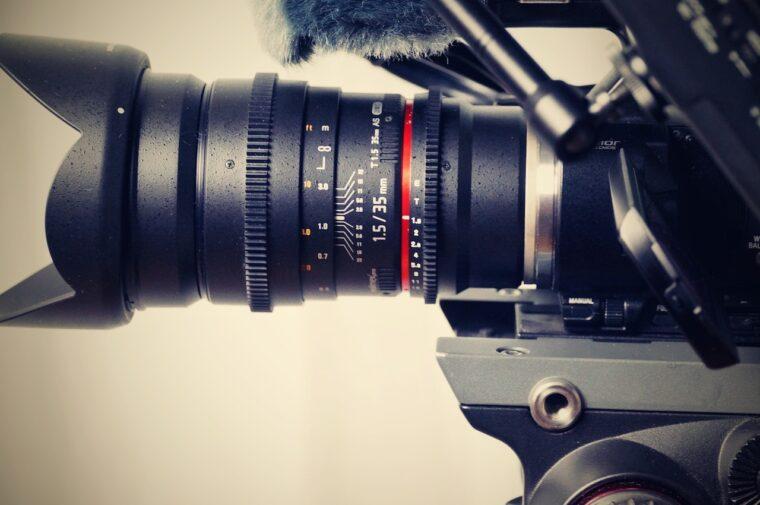 Photo by Pixabay
Photo by Pixabay
2. Know your level
I know this sounds a little cliché, but before you settle on a piece of gear it’s wise to be fully aware of your level.
If you’re buying your first camera and are a keen hobbyist, don’t go crazy and buy a top-end professional camera. You can almost always find good quality models to suit every level: from holiday-snappers, through prosumer, right up to the hard-core professional level.
It’s worth remembering that a lot of the price differential for pro-grade gear relates to build quality. If you look carefully at a camera’s specs, you can sometimes find a pro-level sensor in a less expensive camera. Pro cameras will most likely be made from sturdier materials (e.g. metal not plastic) and will include features like weather sealing.
When I started out, I bought the cheapest SLR I could find – which was a Russian-made Zenith (analogue in those days). It was my door into photography. The camera was clunky, heavy and of poor quality but it worked just like a professional camera and I learned the basics without breaking the bank. I even managed to take a few satisfying pictures. From there I worked my way upwards. I eventually became a full-time professional with a cupboard full of professional cameras.
3. Know Your Needs
Think about the kind of places you’re likely to be taking pictures. The question is not ‘what is the best camera money can buy?’. Rather, it should be, ‘what is the best value camera for my particular needs?’.
For example, I have a mountain guide pal who’s also a great photographer. He knows that his ideal camera will be as light, as small and as durable as he can find. So, while he dreams of owning a larger SLR with a bigger sensor (yes big sensors do generally translate into better picture quality – especially in low light), a larger camera would most likely be a hindrance in the field. Meaning when he’s hanging off the side of a mountain, trying to take a picture with one hand, a lighter camera is his best bet.
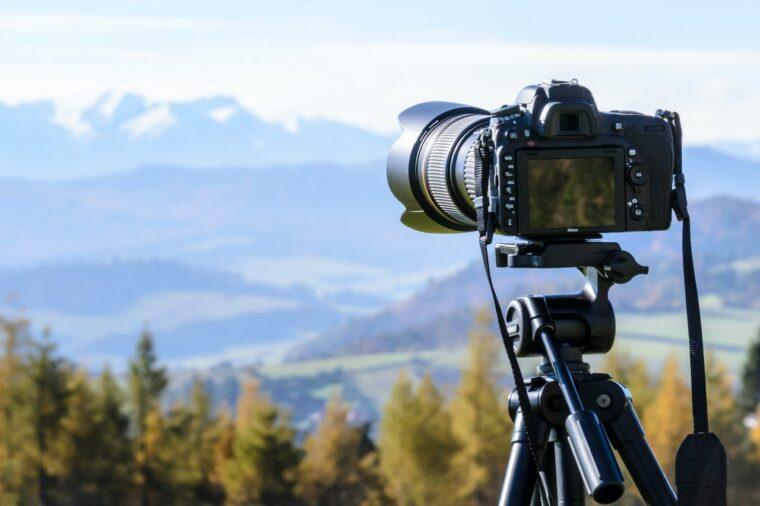 Photo by PhotoMIX Company
Photo by PhotoMIX Company
It’s also worth remembering that the best camera will always be the one you have in your hand. If you don’t have a camera with you (for the sake of argument, I’m not counting smartphones here), then you’re not going to get ‘the shot’.
I’ve lost count of the number of times I’ve hesitated to take my big camera and lenses because it feels like I’m lugging a bunch of rocks around, only to find myself seeing potential pictures round every corner. In my case, I solved this by throwing a good quality compact in my bag, so I always have something with me. For some people, a good quality compact (like Ricoh’s GR series, Panasonic’s compact Lumix series, Sony’s RX series and Fuji’s XE series) will be all they need.
Think about more than size and weight when choosing your photography gear
When it comes to needs, it’s not just the size and weight of your photography gear that you should be thinking about.
I’ve given one example of an outdoor photographer choosing a smaller camera for ease of use, but if you’re a wildlife photographer then you’re almost certainly going to need a camera that can be fitted with a telephoto lens, or a macro lens if you’re planning on shooting insects and close-ups of plant life. If wildlife photography’s your thing, expect to pay some serious money for a long lens though.
The same goes for sport or even news photography. In fact, if you decide to specialize in any of these disciplines, you’re almost certainly going to need a wider range of gear. Check out our piece on lenses for a more detailed dive into what type of glass you should buy.
And always remember it’s not the camera that takes a great picture, it’s you…the photographer. So even though gear is an exciting part of photography, the real expertise lies in skill of the person behind the camera.
Written by Yvan Cohen | Yvan has been a photojournalist for over 30 years. He’s a co-founder of LightRocket and continues to shoot photo and video projects around South East Asia.
Cover image by Kyle Loftus
To read more helpful articles on photography, check out our blog page.
Join our growing photographer community at LightRocket and get powerful archive management and website building tools for free!
